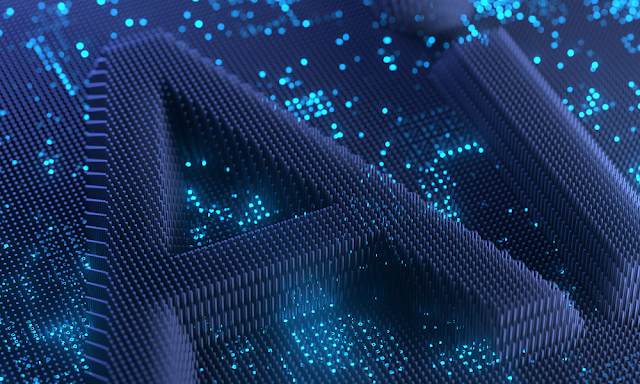How AI in Music Is Transforming the Creative Process for Artists
In recent years, artificial intelligence (AI) has shifted from being a futuristic concept to a powerful tool actively reshaping many industries. One of the most profound transformations is occurring in the music world. From composition and production to mastering and audience engagement, AI in music is redefining how artists create, collaborate, and connect.
AI as a Creative Partner
Traditionally, music creation is seen as a deeply human and emotional process. However, AI is not replacing musicians, it’s enhancing their capabilities. AI-powered tools like OpenAI’s MuseNet or Google’s Magenta can generate melodies, harmonies, and rhythms across various genres, serving as a co-creator that offers inspiration and experimentation beyond conventional limits.
These tools analyze vast datasets of musical compositions, learning patterns, progressions, and styles. When fed a prompt or musical input, they can generate suggestions or full-fledged tracks. This allows artists to explore new sounds or break through creative blocks by interacting with music in real-time, guided by machine intelligence.
Speeding Up the Production Process
One of the key advantages of AI in music is speed. Tasks that once took hours or days like mixing, mastering, or building complex drum patterns, can now be completed in minutes. Platforms like LANDR and iZotope use machine learning algorithms to analyze audio files and deliver high-quality mastering with minimal manual intervention.
This democratizes production, making high-quality output accessible even to independent artists who may not have access to expensive studios or engineers. The result is a more level playing field where talent and creativity have more opportunity to shine, regardless of budget.
Personalization and Adaptive Music
AI isn't just helping with creation, it’s changing how music is consumed. AI-powered personalization engines on platforms like Spotify and YouTube analyze listening habits to suggest music tailored to individual preferences. But beyond recommendations, artists are exploring adaptive music tracks that change based on user interaction or mood.
For example, AI can help produce music that adjusts tempo and energy levels based on the time of day, workout intensity, or even heart rate. This interactivity opens up new forms of musical experiences that are highly immersive and customized, especially in gaming, fitness, and wellness applications.
Expanding Musical Horizons
AI allows artists to experiment with styles and genres they might not be familiar with. A pop musician can use AI tools to explore classical arrangements; a jazz artist might incorporate electronic elements effortlessly. These cross-genre creations can push musical boundaries and lead to entirely new sounds.
Furthermore, AI can revive historical compositions by analyzing old scores and simulating the style of deceased composers. Imagine a new Bach-inspired composition generated by a neural network trained on all his works, a blend of history and innovation made possible only through technology.
Ethical Questions and Creative Ownership
With these advancements come critical questions: Who owns music generated by AI? Can a machine truly be creative? What does it mean for originality if an artist relies heavily on algorithms?
These debates are ongoing, and the industry is still catching up with the technology. Most experts agree that AI is a tool, one that augments human creativity rather than replacing it. As with photography or digital art, the artistry often lies in how the tool is used, not the tool itself.
Artists must also be aware of bias in AI models trained on historical data, which may inadvertently perpetuate stereotypes or limit diversity in musical representation. Thoughtful use of AI requires not just technical skills, but ethical awareness as well.
Real-World Examples of AI in Music
Several high-profile artists are already embracing AI:
- Holly Herndon, an avant-garde composer, collaborated with an AI voice named "Spawn" to create experimental choral pieces.
- Taryn Southern released an album co-produced entirely with AI tools.
- Endlesss, a collaborative music-making platform, integrates AI to suggest loops and build beats collaboratively in real-time.
Major labels are also investing in AI to discover talent, predict hit songs, and automate certain backend processes like licensing and royalties.
The Future of AI in Music
As AI continues to evolve, so will its role in music. We may see more “AI-native” genres, fully autonomous AI composers, or virtual artists who don’t exist physically but have global fan bases. There is also potential for AI to help preserve endangered musical traditions by documenting and reproducing them with precision.
But at the core, the emotional connection music creates remains deeply human. AI may write melodies or optimize sound, but it is the human artist who injects soul, intention, and storytelling.
Conclusion
AI in music is not about machines replacing musicians, it’s about redefining what’s possible. By blending the limitless processing power of AI with human emotion and creativity, artists can unlock new realms of expression. As long as we remain curious and thoughtful about how we use it, AI can be one of the most exciting creative partners in the musical journey.



Comments
Post a Comment